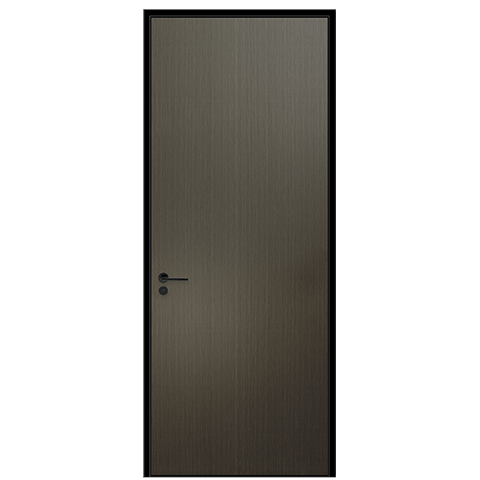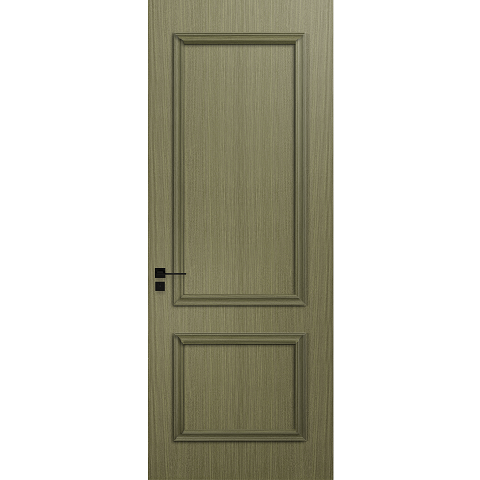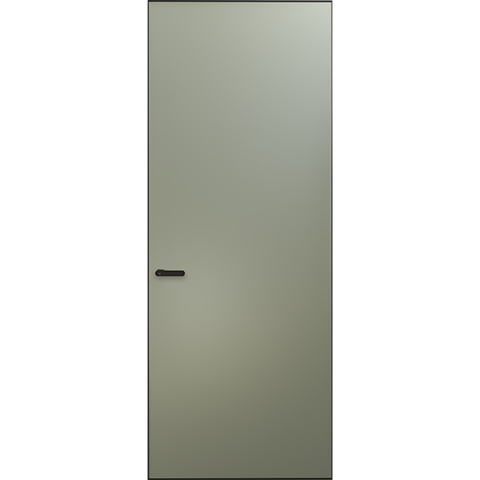Do you know the "curing speed" of sealant?
Curing mechanism of one-component silicone sealant: One-component sealant absorbs moisture in the air under open and ventilated conditions, and gradually solidifies from the surface to the inside.
One of the influencing factors: ambient temperature.
Because the curing process of sealant is a chemical reaction process, the temperature of the environment has a great influence on its chemical reaction speed (curing speed). Whether it is a two-component sealant or a one-component sealant, the higher the ambient temperature, the faster the curing speed will be. Under normal circumstances, when the temperature is lower than 15 ℃, the curing speed of the sealant will decrease significantly, especially for the one-component sealant, the complete curing time will be much longer under low temperature conditions. You should also feel the difference in the curing speed of building sealants in summer and winter. But there are two other factors that affect the curing speed of one-component sealants.
The second influencing factor: ambient humidity.
During the curing process of sealant, water molecules play a vital role in its chemical reaction. For two-component sealants, since they carry moisture, their curing speed is less affected by changes in ambient humidity; however, the higher the ambient humidity, the better the curing efficiency and effect. For single-component sealants, the curing process needs to absorb moisture in the air, so the higher the humidity in the atmosphere, the faster the curing speed; the lower the humidity, the slower the curing speed. Especially in the dry seasons of autumn and winter, the drop in ambient humidity will prolong the time for the one-component sealant to fully cure.
The third influencing factor: the area of the sealant in contact with the air.
The one-component sealant that is most affected by the air contact area is usually the one-component sealant, especially when applied to the glue joint of non-porous substrates (such as glass, metal, etc.), the sealant can only contact the air on one side, and the other three sides (such as glass) , aluminum, cushioning materials) are basically airtight. At this time, the larger the effective contact area of the sealant with the air, the more moisture it can obtain, the faster the release rate of small molecules generated by the chemical reaction, and the faster the curing speed will be.
In the application of single-component structural adhesive in the adhesive joint of curtain wall unit, because the bonding width is greater than the thickness, and only one side of the sealant can be cured in contact with the air, the deep curing time is obviously affected by the above three factors. To this end, we conducted a simulation test of the deep curing speed of one-component structural adhesives to reveal the curing process. The thickness of the glue joint designed in the simulation test is less than 10mm. Under the conditions of constant temperature and humidity (23.5℃, relative humidity 49%), the curing depth is 3.7mm after curing for 7 days, and the curing depth is 6.2mm after curing for 14 days. It can be seen that when the single-component structural adhesive is applied to the glue joints of the single components of the curtain wall, a longer maintenance period is required.
It should be noted that, for single-component curtain wall units using one-component structural adhesive, it must be ensured that the structural adhesive has been fully cured and bonded well before being transported to the project site for installation on the wall.
 Hot Recommendation
Hot Recommendation
 Latest Products
Latest Products



